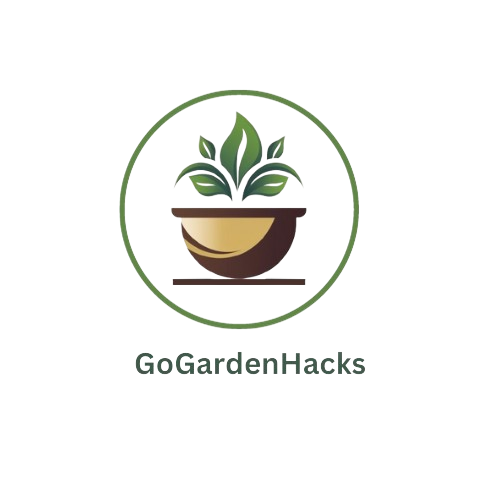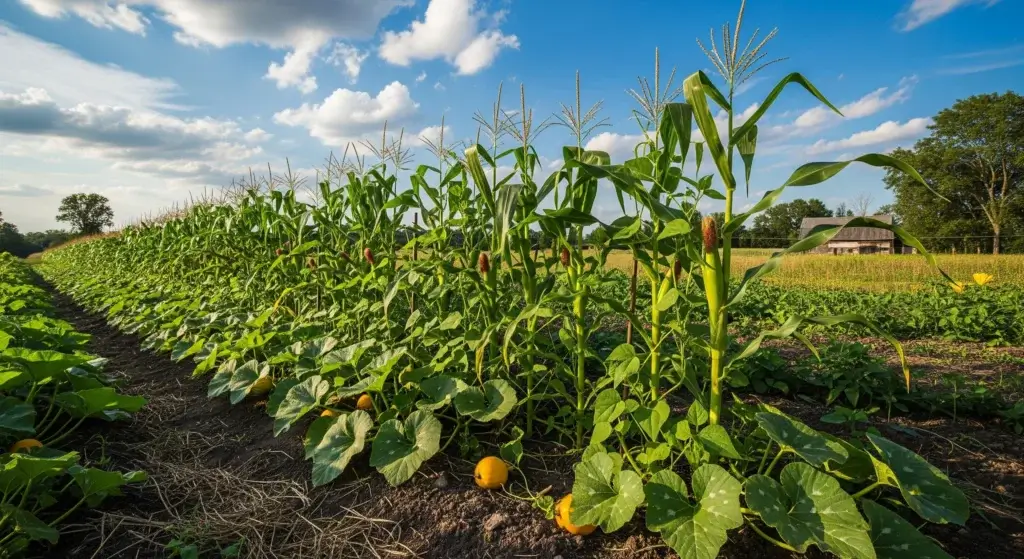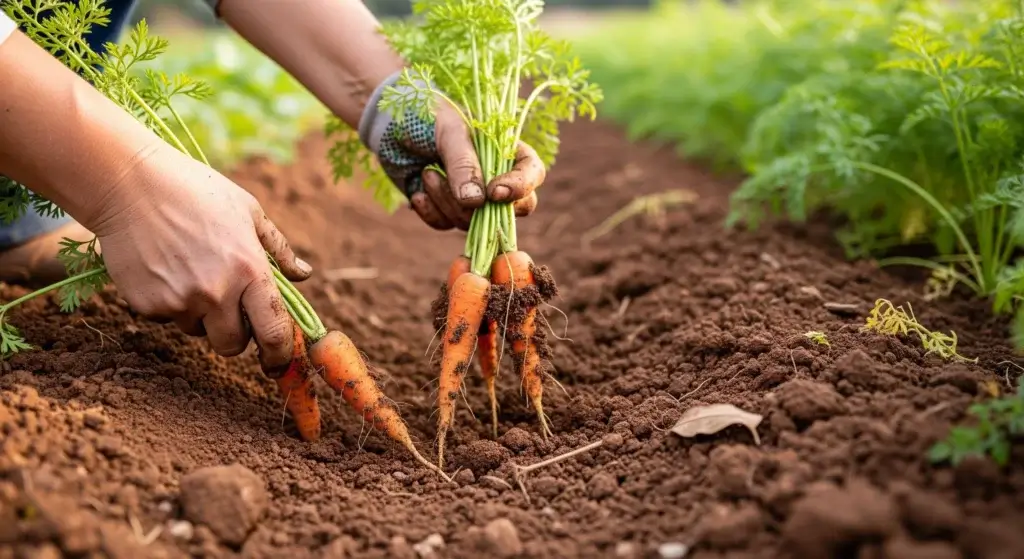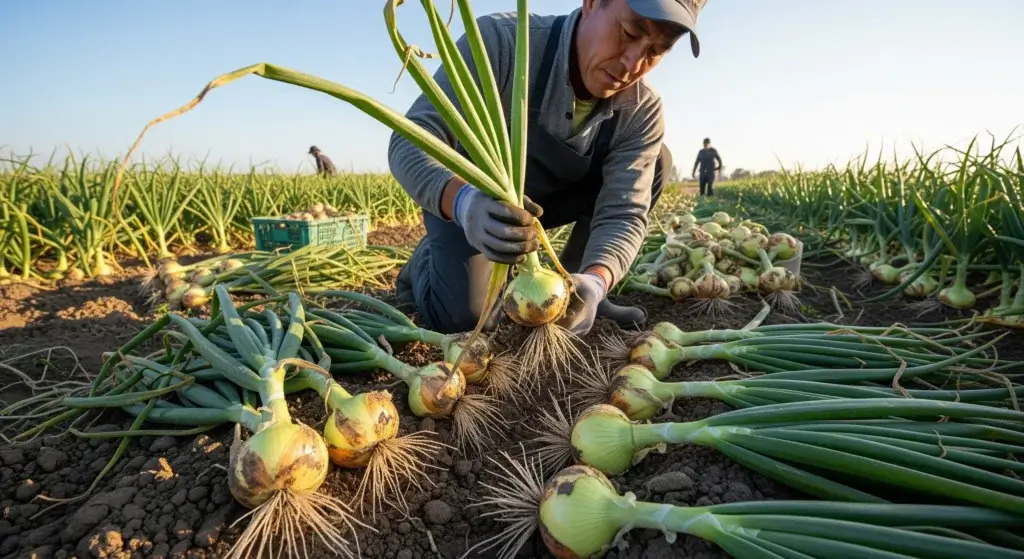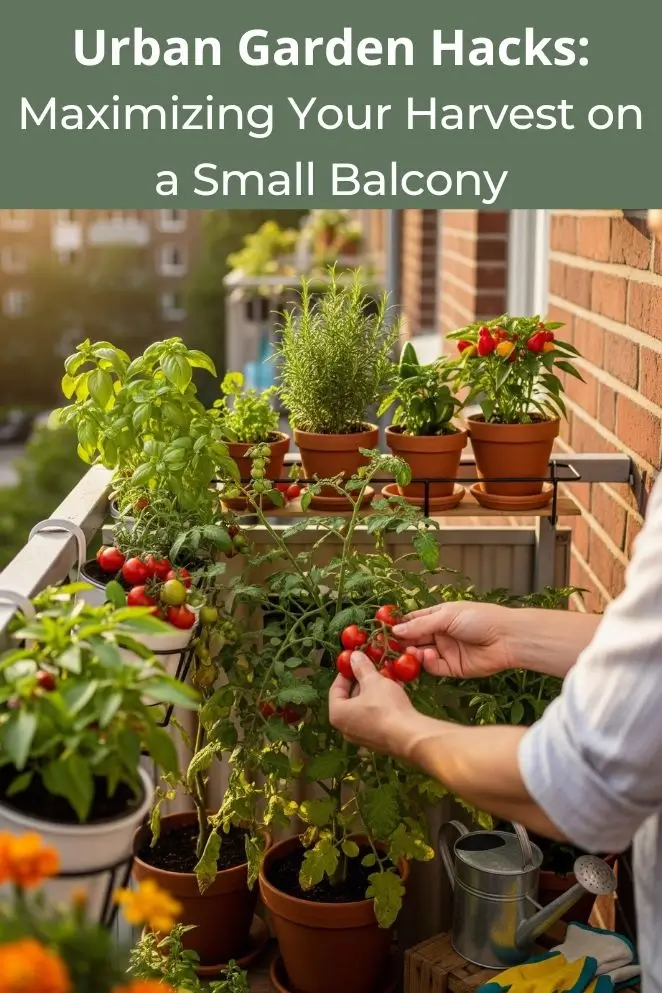
Living in the city doesn’t mean giving up on fresh veggies.
With some clever hacks, even a tiny balcony can crank out herbs, greens, and snacks year-round.
I’ve seen people turn fire escapes into mini jungles — no joke.
Urban gardening is blowing up right now, and 60% of gardeners are already going vertical.
Why? Because stacking plants saves space and makes small gardens crazy productive.
Done right, your balcony can feel less like “apartment life” and more like your own secret farm.
The Foundation: Understanding Your Small Space
Balcony gardening isn’t just “mini gardening” — your space has its own quirks you’ve gotta figure out first.
Assessing Your Growing Conditions
Your balcony’s microclimate is like its personality: sunlight, wind, and even heat bouncing off buildings all matter.
Most herbs and veggies want six hours of sun, so track where the light hits.
And about wind — a gentle breeze is like plant cardio, but strong gusts can wreck leaves and dry soil in minutes.
Fix it with bamboo screens or tall plants as windbreaks.
Weight Considerations and Safety
Don’t overload your balcony like it’s a plant rave. Wet soil is heavy — one big pot can weigh as much as you.
Spread out containers and use lighter mixes like coconut coir or perlite so your balcony doesn’t feel like it’s carrying a gym bench.
Vertical Growing: Your Secret Weapon for Space Maximization
City life = tiny space. Vertical gardening = cheat code.
Instead of spreading out, you grow up — using walls, railings, and even the ceiling to turn your balcony into a plant tower.
Wall-Mounted Systems
Think pallets turned into herb walls or pocket planters made of canvas that hold lettuce and strawberries like little green cubbies.
Just make sure they’re secure and drain right, or you’ll have water stains and sad plants.
Tiered Container Systems
Stack containers on shelves or tiered stands — it’s like bunk beds for plants.
Put tall crops in the back so they don’t hog the light from the shorter guys.
Hanging Gardens
Use ceiling hooks, railings, or brackets to hang planters.
Great for tomatoes, beans, and herbs that love to cascade.
Bonus: you free up floor space while your plants literally dangle in style.
Container Selection and Optimization
Your containers aren’t just plant homes — they’re life support systems.
Pick the wrong ones, and your balcony garden’s basically doomed before it starts.
Size Matters: Matching Containers to Plants
Think of it like shoes — wrong size, and things go bad fast.
Carrots and radishes need deep digs (12+ inches).
Leafy greens? They’re chill in 6–8 inches.
Tomatoes and peppers? Those divas want huge pots (20+ gallons) if you want them thriving.
Herbs? Tiny 1–3 gallon pots work just fine.
Material Considerations
Clay and ceramic pots are classy and let roots breathe, but they’re heavy and crack if winter goes wild.
Plastic’s cheap and light but doesn’t keep roots comfy in hot/cold swings.
Fabric grow bags are the MVPs — light, breathable, great drainage, and they stop roots from going in circles like confused fish.
Drainage and Water Management
Non-negotiable: drainage holes. No plant likes swamp life.
Use saucers so water doesn’t wreck your balcony floor, and if you’re in a rainy zone, prop pots up a bit so they don’t drown.
Smart Plant Selection for Maximum Yield
When space is tight, every plant has to earn its keep.
Go for crops that grow fast, give you lots back, and don’t hog the balcony like divas.
Microgreens
These are the TikTok stars of balcony gardening — trendy, fast, and full of flavor.
They go from seed to harvest in just a couple of weeks, so you’re always flipping crops and keeping productivity high.
High-Yield Vegetables
Leafy greens like kale, spinach, and Swiss chard are the gift that keeps on giving — just cut what you need and they grow back (“cut and come again” is basically the respawn button for plants).
Bush beans and peas crush it in small spaces too.
Cherry tomatoes? Total overachievers.
They’ll outproduce the big guys in containers and keep throwing fruit all season.
Go determinate if you like scheduled harvests, indeterminate if you want a never-ending snack bar.
Space-Efficient Herbs
Herbs are pure ROI. Basil, mint, thyme — small plants, big payoff.
One basil plant can season your pasta all summer, and thyme/oregano come back year after year like reliable besties.
Succession Planting
Want nonstop food? Plant quick crops like lettuce, radishes, and microgreens every 2–3 weeks.
It’s like setting up a conveyor belt of fresh snacks.
Soil and Nutrition Management
In containers, your plants are basically on life support — you control their food and water.
Mess this up, and they’re toast. Nail it, and they’ll thrive like crazy.
Quality Growing Medium
Don’t cheap out with regular garden soil — it’s too heavy and turns pots into mud buckets.
Go for legit potting mix made for containers.
Look for stuff with perlite, vermiculite, or coconut coir — it drains well and keeps roots happy.
Fertilization Strategy
Container plants are needy.
Every time you water, nutrients wash out, so you’ve gotta keep feeding them.
Use slow-release fertilizer as the steady baseline, then boost with liquid feed every 2–3 weeks in the busy season.
Compost tea, fish emulsion — yeah, it smells like a swamp, but your plants will explode with growth.
Companion Planting in Containers
Teamwork makes the dream work. Toss basil in with tomatoes — they hype each other up.
Lettuce and radishes? Perfect roommates, no drama.
Got a big container? Go wild: beans climbing corn with squash on the ground.
It’s like the ultimate plant squad.
Water-Wise Strategies
Balcony gardens are kinda dramatic about water — one day they’re bone dry, the next they’re drowning from rain.
The trick is learning how to keep things steady.
Efficient Watering Systems
If you’ve got the budget, drip irrigation with an app is peak balcony-gardener flex — plants stay hydrated, water waste drops, and you don’t have to babysit them.
On the cheap side? DIY self-watering setups with plastic bottles or a drip line with a timer get the job done.
Top it off with mulch (straw, shredded leaves) to lock in moisture so you’re not watering every five minutes.
Rainfall Collection
Free water? Yes, please. Set up a mini rain collection system — even a bucket works.
It saves money, and your plants will love chlorine-free rainwater way more than tap water.
Plus, it feels kinda epic knowing you’re harvesting clouds for your balcony jungle.
Seasonal Strategies and Year-Round Production
If you wanna keep your balcony garden pumping out food all year, you’ve gotta play it smart with the seasons.
Think of it like swapping out your wardrobe — different crops shine at different times.
Cool Season Champions
When the temps drop, that’s lettuce, spinach, kale, and peas’ time to shine.
They actually like the chill. In milder places, they’ll keep going through winter.
Hot Weather Heroes
Summer? That’s tomato, pepper, and eggplant season.
These guys are sun worshippers, but even they need some shade when the heat gets brutal.
Herbs like rosemary and sage also thrive — they’re basically the chill, low-maintenance friends of the garden.
Winter Growing Opportunities
Don’t think winter means game over.
Toss up a mini greenhouse, cold frame, or even some clear plastic, and you can still grow.
Microgreens are the ultimate hack — I grew trays of them in my bedroom once, and it felt like having a tiny jungle snack bar right next to my desk.
Pest and Disease Prevention
Balcony gardens usually dodge a lot of the big pest drama ground-level gardens face, but trust me — bugs and plant diseases will still try to crash the party.
The trick is staying ahead of them.
Natural Pest Control
Think of flowers like dill, fennel, and cilantro as your garden’s “bait.” They pull in the good bugs — like ladybugs and lacewings — that eat the bad guys.
It’s like hiring bodyguards for your plants.
If something nasty does show up, neem oil and insecticidal soap are safe fixes, and marigolds? They’re like the bouncers that keep pests from even stepping foot in the club.
Disease Prevention
Plants need their personal space too.
If they’re crammed together with no airflow, fungus shows up like mold on a wet sneaker.
Water the soil, not the leaves, so you’re not creating a damp jungle.
And if a plant gets sick, don’t be sentimental — yank the infected bits fast before the problem spreads.
Oh, and mix up what you grow in each pot from season to season; it keeps diseases guessing and less likely to stick around.
Advanced Techniques for Maximum Efficiency
Alright, so once you’ve nailed the basics, it’s time to go pro mode with your balcony garden.
Think of this as unlocking cheat codes for max plant growth in minimum space.
Square Foot Gardening Adaptation
Ever played Tetris? That’s basically what square foot gardening is — fitting the most plants possible into one container without chaos.
Divide your big pots into little “squares” and assign each one a crop. Boom. Perfect spacing, easy planning, and non-stop harvests.
Hydroponic and Aquaponic Systems
Here’s where it gets futuristic. Hydroponics = growing plants in water instead of soil.
Sounds wild, but it works, and it’s crazy efficient.
Your balcony basically turns into a mini sci-fi farm with faster growth and bigger yields.
Start simple with deep water culture (literally plants floating in nutrient water) or nutrient film technique (a thin stream of water constantly feeding roots).
Aquaponics even brings in fish, so your balcony could become a full-on ecosystem.
Integrated Growing Systems
The pros don’t waste an inch. Tall plants? Train them up a trellis.
Shade below? Perfect spot for lettuce.
Empty railings or ceiling hooks? Hang planters like you’re decorating a jungle loft.
Layering crops like this makes your balcony feel alive and doubles your harvest without taking more space.
Technology Integration
Look, gardening in the city doesn’t mean you have to do everything old-school with just dirt under your nails.
Tech is your secret weapon, and honestly, it makes balcony gardening feel like running a mini space station.
Monitoring Systems
Instead of guessing if your plants are thirsty or starving, let gadgets do the work.
Soil moisture meters, pH testers, and even app-connected sensors can literally text your phone like, “Yo, your basil’s drying out.”
Perfect for container gardens where things can change fast — one hot afternoon and suddenly your lettuce is toast.
Growing Apps and Planning Tools
Think of gardening apps as your personal plant coach.
They’ll remind you when to water, when to feed, and even when it’s time to plant the next batch of radishes.
Some even help you design your balcony layout so every inch gets used smartly.
It’s like having a video game inventory system, but for real-life veggies.
Conclusion: Your Path to Balcony Garden Success
Yes, you can turn even the tiniest balcony into a mini farm.
The trick? Think vertical, pick the right pots and plants, and stay smart about watering and care.
You don’t need acres — just creativity and a game plan.
Start small, mess around, and learn as you go.
Trust me, half the fun is experimenting.
And you’re not alone — vertical gardening has blown up nearly 270% in the past decade.
That means tons of people are already proving small spaces can pump out big harvests.
